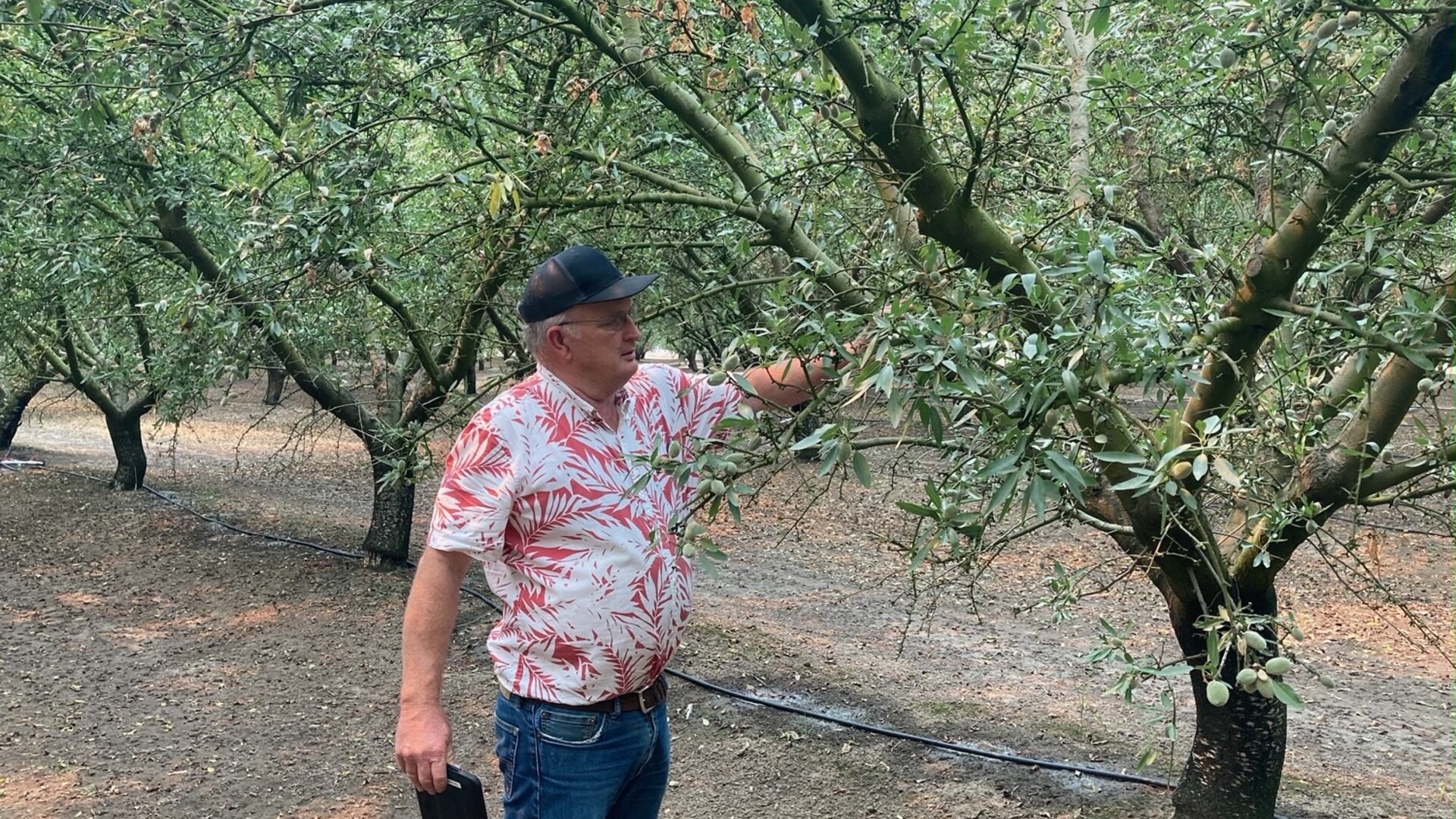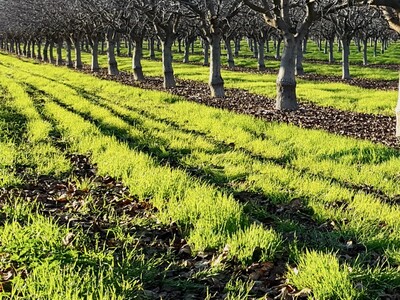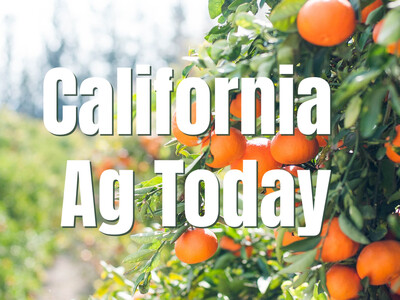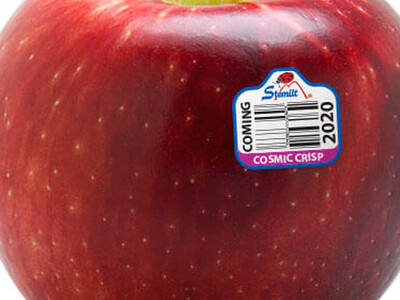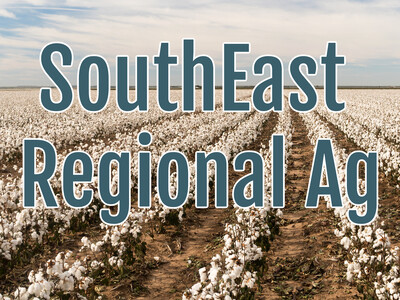The Causes of Hullrot in Almonds
Hullrot is an infection of the hulls caused by either Rhizopus stolinifer or Monilinia fructicola. Both are fungi. Upon infection, the pathogens release toxins that are translocated into the fruiting wood, which kills the wood and causes crop loss.
Randy Mohler is a pest control advisor working for Stanislaus Farm Supply out of the Modesto branch. And he's seen a lot of hullrot over the years.
“It's a difficult problem and there's some products registered for it. There's not just one answer, it's related to nitrogen and how much nitrogen. It’s rated to fertilizer. And when it's applied. It's related to how you irrigate it's related to how you prune it's related to canopy. It's related to variety. It's a complex issue and compound issue of at least two different fungi. We need more work on that,” said Mohler.
Pest Control Advisors in the field, think that a calcium deficiency may cause hullrot.
“Well, it can be if your ground's not taking water, but the main problem would be too much nitrogen and too late of nitrogen. So the nitrogen applied too late in a year and also humidity. Humidity is the biggest contributor. So certain irrigation styles make it worse than others.
In pistachio news, be on the lookout for Botryosphaeria during harvest so that a strike cutting program can be initiated in the fall if necessary.


